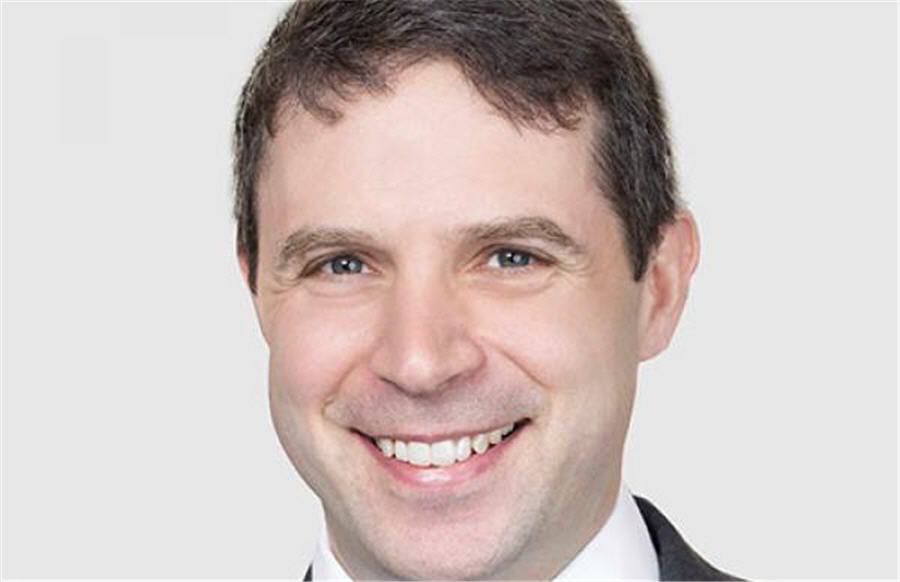
What is the World Gold Council’s mission and structure?
The World Gold Council is the market development organization for the gold industry. We are a membership association and are backed by 26 of the world’s leading gold mining companies. Our goal is to help ensure that gold continues to be relevant and understood and to ensure it fulfills its rightful place as a mainstream investment asset. We are also important for uniting the gold industry under one voice. We want to increase the public’s awareness of gold’s role in societal progress and development.
The World Gold Council serves as a platform for a broad range of players within the industry to engage in dialogue, providing a space to care for common goals. We do a lot of work on key demand markets for gold such as China and India – 50% of global gold demand comes from these two countries.
Can you elaborate on the Responsible Gold Mining Principles?
Two years ago, our board decided to create an overarching framework for responsible gold mining that addressed environmental, social and governance (ESG) issues. Government, investors and communities are interested in understanding what responsible gold mining looks like. We wanted to provide a tool that simplifies and clarifies whether mining production is being carried out responsibly. We consulted across stakeholders and wrote a set of principles that recognized and consolidated existing standards and instruments. By defining what constitutes responsible gold mining, we created a credible platform through which mining producers can provide confidence that their gold is being produced responsibly. Our members support the principles and have stated their intention to abide by them.
What advice would you give to operations to manage and reduce their exposure to social risks?
There are three important areas to consider: human rights, labor rights and communities. Circumstances vary greatly depending on the nature of the workforce and closeness to communities. Broadly, I would advise operations to understand and engage with their local communities in order to support their license to operate.
It is important that projects consider ESG issues from the outset because challenges in these areas can severely impact the capacity to maximize a resource’s potential. Managing ESG is very important for potential partners, financers and insurance providers. Building good relationship with communities aligns with long term prosperity.
What is the World Gold Council’s involvement with research and can you discuss the gold emissions profile?
Research is a central focus of our organization and we are dedicated to studying and providing data and analysis on the gold market. With regards to the market, we seek to explain the metal’s role as an investment as well as the drivers of supply and demand in the market.
In our latest report: “Gold and Climate Change: Current and Future Impacts”, we examined the sector’s greenhouse gas emissions. We analyzed Scope 3 emissions for the gold mining industry and explored the potential path to de-carbonization and zero net emissions. We considered the carbon emissions throughout the production cycle and the measures to reduce impact. Most emissions occur at mining and strategies towards reduction include improved energy efficiency and alternative energy sources. A large part of the solution is a better management of energy flows on site. New technologies such as artificial intelligence are contributing on this front. Renewable energy and lower carbon fuel sources are crucial as well. Production plans are situation specific but with cost reductions and improvements in technology we believe it is credible that the industry can reach net zero emission by 2050.
We also looked into gold’s role as an asset to mitigate climate risks. There are compelling reasons that make holding gold essential to a balanced portfolio and climate change serves as an additional rationale.
Can you expand on gold’s importance as an asset in investor portfolios, especially considering climate change risks?
Gold is an interesting investment because it is a great source of returns, it offers excellent liquidity and acts as a portfolio diversifier. In addition to this, it can serve to mitigate risks associated with climate change. We conducted a study on how mainstream asset classes would be affected by different climate change scenarios. The results determined that the physical and transition factors associated with climate change will likely result in significant repricing across asset classes. Gold has a role to play as it has a proven track record as a form or insurance and portfolio protection. It is a source of enduring value with no credit or counter party risk; it can help protect the wealth of communities and nations. It has an important role to play as an investment from institutions to households.
What is your final message about the importance of gold at a societal level?
The potential for gold mining to be a driver of sustained social and economic development in countries across the world is huge. Gold and gold mining should be a leading part of the response to the United Nations Sustainable Development goals and other initiatives that are looking to bring people out of poverty and looking to create a world that can meet the needs of all of its citizens. Gold mining can be a driving force in that, but operations have to be done responsibly which means mining companies must adhere to the Responsible Gold Mining Principles.
(This article first appeared in the Global Business Reports)